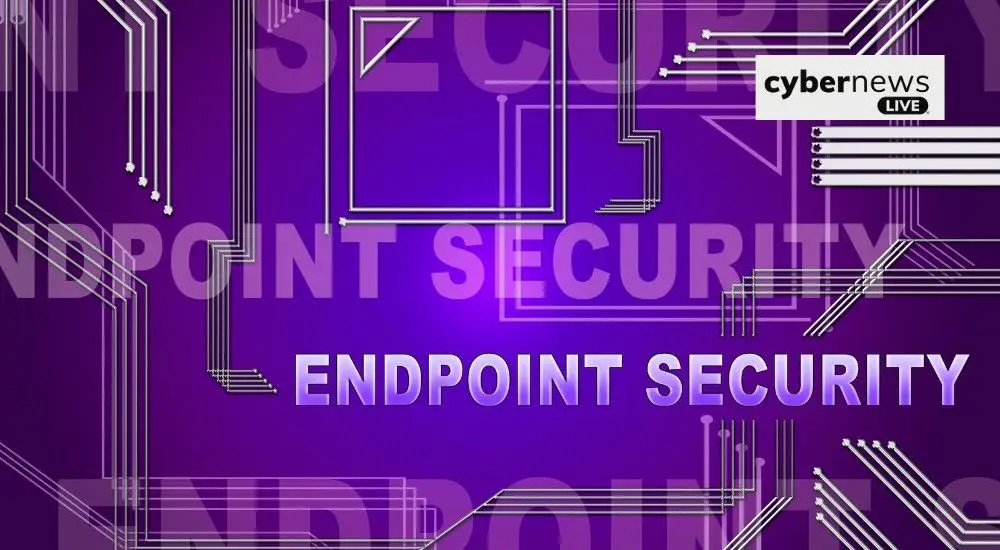
What is Endpoint Detection and Response, and How Does it Work?
Endpoint Detection and Response (EDR) emerged as a response to the limitations of conventional antivirus solutions, primarily designed to address known threats. Gaining prominence in the early 2010s, EDR evolved as cyber threats became increasingly sophisticated and elusive. Initially, early EDR tools offered basic monitoring and alerting capabilities. However, these solutions rapidly advanced, incorporating sophisticated analytics and machine learning to better detect and respond to complex and unknown threats. This evolution marked a significant shift in how organisations approach endpoint security, moving from reactive to proactive and adaptive threat management.
EDR is designed to pinpoint security threats at the endpoint level, such as mobile, desktop, and laptop. EDR solutions proactively monitor endpoint-level activities and analyse the data to detect anomalies and potential threats in real-time. These tools offer a suite of advanced capabilities, such as threat detection, investigation, and response, enabling cyber security teams to detect and mitigate risks quickly.
Let’s understand EDR in detail.

How does EDR Work?
EDR systems consistently track endpoint activities, gathering data for real-time threat analysis and anomalies. EDR Systems utilises advanced algorithms and machine learning to identify suspicious behaviour, provide detailed data, and proactive threat hunting for robust protection.
Endpoint Data Collection
Threat detection is the base of any modern EDR solution. EDR systems collect vast data from endpoints, capturing every action and movement, from file modifications and process executions to network connections and user activities. This data allows EDR to construct a detailed and comprehensive timeline of endpoint behaviour.
Security teams can utilise this data to scrutinise patterns and detect anomalies that may indicate a security threat. For instance, If an endpoint server starts to establish a connection with a malicious server, the EDR system flags this behaviour for immediate action.
Machine learning models enhance threat detection, leveraging historical data to improve accuracy. Constant data collection supports real-time threat detection and delivers crucial insights during incident response, ensuring swift and effective resolution. The depth and granularity of the collected data ensure that even the most subtle signs of compromise are identified, strengthening defences against advanced cyber attacks.
Real-time Analysis & Threat Detection
EDR systems excel at real-time analysis and threat detection, continuously monitoring endpoint data for suspicious activities. They utilise advanced algorithms to analyse the vast amount of datasets, identifying potential threats within a few seconds. For instance, If an endpoint starts an unusual process or assesses the sensitive files as atypical, the EDR systems immediately flag these anomalies. This rapid detection is critical for addressing the threats before they can escalate.
Machine learning is integral to this process. With each new piece of data, these models continuously refine their detection capabilities. They can differentiate between benign anomalies and genuine threats, reducing false positives and improving accuracy.
Additionally, EDR solutions often integrate threat intelligence feeds, enhancing their detection mechanism with up-to-date information on emerging threats. This integration ensures the security team remains proactive and equipped to address known and novel threats with exceptional speed and precision.
Automated Incident Response
Automated incident response revolutionises how the EDR system handles threats by enabling swift, decisive action without human intervention. When an EDR system detects a potential threat, it can automatically analyse the affected endpoint, preventing lateral movement across the network and effectively containing the issue. This containment allows the security teams to analyse and address the threats.
Sophisticated EDR solutions can also execute the predefined response playbooks with precision, such as terminating malicious processes, deleting harmful files, or reversing changes created by ransomware. These automated responses significantly minimise the damage and accelerate the remediation process. For instance, if ransomware encrypts the files, the EDR system can easily restore them from secure backups, thereby preserving business continuity.
Threat Containment & Remediation
The EDR system excels at isolating compromised endpoints to prevent the spread of malicious activity. When a threat is detected, the EDR solution can quarantine the affected device, severing its network connections and halting further infiltration. This immediate containment is essential for minimising damage and safeguarding the integrity of the broader IT environment.
Sophisticated EDR tools go beyond isolation by facilitating targeted remediation actions. They can terminate malicious processes, remove infected files, and reverse unauthorised changes. For instance, if malware modifies system configurations, the EDR system can restore the original settings, ensuring operational stability and continuity.
These advanced capabilities mitigate immediate risks and streamline recovery processes, enhancing an organisation’s resilience against cyber attacks. EDR systems are crucial in bolstering cyber security defences by promptly addressing threats and maintaining system integrity.
Support for Threat Hunting
EDR systems significantly empower threat hunters by delivering comprehensive visibility into endpoint activities. Analysts can examine detailed logs and telemetry data, uncovering subtle indicators of compromise that may elude traditional security measures. These tools aggregate and correlate data from diverse endpoints, facilitating the detection of abnormal patterns and behaviours that signal advanced threats.
Sophisticated EDR platforms further enhance threat hunting with advanced search capabilities. Analysts can query historical data to track the progression of potential attacks over time. For example, they can trace the lateral movement of a threat actor within the network, identifying the initial entry point and subsequent actions. This granular insight is crucial for constructing a complete attack narrative, understanding the threat landscape and developing effective countermeasures.
Conclusion
EDR systems serve as the linchpin of modern incident response. By providing unparalleled visibility into endpoint activities and enabling rapid threat detection, these platforms empower security teams to contain and remediate cyber attacks swiftly. EDR solutions optimise incident handling efficiency, minimise downtime, and safeguard critical assets through intelligent, alert prioritisation and automated response capabilities. Ultimately, EDR is instrumental in transforming organisations from reactive victims of cyber crime to proactive defenders.
Get the latest updates on emerging cyber security threats and effective mitigation strategies. Stay connected with Cyber News Live.

